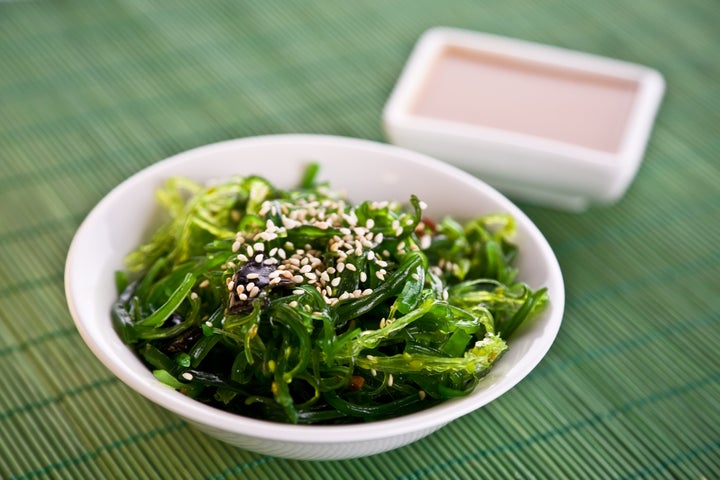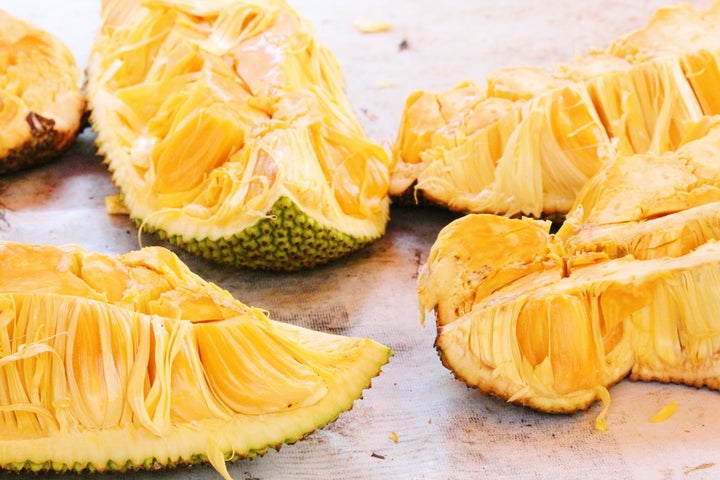Before kale was kale, it primarily functioned as a decorative accent on the Pizza Hut salad bar. But that was before everyone learned of its antioxidant benefits, when people starting writing kale cookbooks and farm production of kale rose 60% between 2007-2012 to meet demand for the leafy green.
Kale is not an anomaly in the produce section, as every once in a while a fruit or vegetable will capture the attention of the American public at large, and interest in it will skyrocket. We spoke to two analysts who study food trends in America to help figure out the next fruits and veggies you’ll be obsessed with.
It used to be that chefs would solely dictate the food trends. That’s not the case anymore, according to Melissa Abbott, vice president of culinary insights for The Hartman Group. “The best way to understand where trends are coming from is looking toward the progressive consumer, the one who is proselytizing about anything and everything,” Abbott said. “I don’t call them foodies ― they’re culinary obsessives. We spend a lot of time with them, and the chefs that are really pushing the envelope. We’ll look at their menus, look at their pantries and fridges.”
Social media also has an effect on what will be the next fruits and veggies to capture the public’s interest. Chefs scroll through Instagram looking for the next new food, and trends also come from unexpected sources. “We’re even seeing agriculture playing a bigger role,” Abbott said. “Anthropologists are out in the jungle finding amazing things in the Amazon or Peru. It’s not just chefs anymore. It’s coming from all places.”
And with that, here are the fruits and veggies that are predicted to soon be on the tips of everyone’s tastebuds:
Seaweed
Darren Seifer, a food and beverage industry analyst for the market research firm NPD Group, sees the popularity of this sea vegetable increasing.

“One of the fastest-growing items at restaurants is seaweed,” Seifer told HuffPost. “It’s also spilling over into the home through snack foods. We’ve seen seaweed chips show up in grocery stores.”
It doesn’t hurt seaweed’s popularity that it has potential health benefits, which is part of a larger trend Seifer sees with regard to plant-based foods. “I think in the last decade, we’ve been introduced to the notion that food either has healing or sustaining power to it,” he said. And that’s something consumers are actively looking for when they fill up their shopping carts.
Jackfruit
Southeast Asia has long been a consumer of jackfruit, which is often used as a vegan protein for its meat-like quality when cooked. But consumption has recently increased stateside. “It’s benefited from consumers moving toward the plant-based burger world,” Seifer said. “It’s another way that restaurants can use plants to mimic meat. For many of the same reasons, there’s health reasons for why consumers are moving toward plant-based burgers. It’s better for them.”

Restaurants are not alone in raising awareness of jackfruit, as food manufacturers like The Jackfruit Company and grocers like Trader Joe’s also seem poised to capitalize on the trend.
Honeynut Squash
Nope, it’s not butternut squash, but it’s close! With the help of Dan Barber, chef/co-owner of the famed Blue Hill at Stone Barns, a Cornell plant breeder developed this tinier-looking version of a butternut squash.
“It’s intensely flavored ― way more than a traditional butternut squash ― and you don’t have to use as much butter or maple syrup,” Abbott said. “It’s much easier to cook and chop. You don’t have to cut it in half. We’re seeing more and more retailers pick up honeynut squashes.”
Mushrooms
Sure, mushrooms aren’t technically vegetables, but you’ll typically find this edible fungus in the produce section, and its popularity is rising. “There’s a big resurgence in terms of going beyond the button, crimini and shiitake,” Abbott said. “Culinary-forward mushrooms like chanterelles, king trumpets, lion’s mane, and oyster mushrooms are really fun, amazing, and texturally [interesting]. They also have tremendous amounts of nutritional benefits, particularly vitamin D.”
Anything Convenient, Colorful And Intensely Flavored
That sinking feeling you get when you open your refrigerator and see wilted or moldy produce is universal. Abbott’s job is peeking into people’s fridges, and she noted that guilt is a common emotion attached to produce. “[Consumers] don’t have the wherewithal to take it out, get the cutting board, sharpen knives and chop it up,” she said.
To help remove the guilt associated with fresh fruits and veggies, food producers are stocking shelves with prepped, ready-to-eat produce. “This idea of fresh, modern convenience [is taking hold],” Abbott said. “It’s about foods with burstable, intense flavors that you can pop into your mouth.” That includes the eminently poppable and brightly hued cherry tomatoes, and citrus fruits like kumquats, limequats and mandarinquats, which can be eaten with the skin on and impart sour and tart flavors.
And because food’s visual elements are celebrated by platforms like Instagram and Pinterest, how the fruit and veggies look is also key. “It comes down to intense flavors, but also bright colors ― purples, pinks and rainbows,” Abbott said. It doesn’t get any more purple than the cooked, pre-packaged Love Beets in a variety of flavors. And it doesn’t get any more rainbow-colored than Trader Joe’s frozen Organic Rainbow Cauliflower, which can be easily steamed or roasted.
“It’s about looking at your diet as a whole spectrum, and the more colors and varieties you can get in there, the better,” Abbott said. “And that’s why fruits and vegetables that are easier to eat and prepare are going to be the way forward for the near future.”